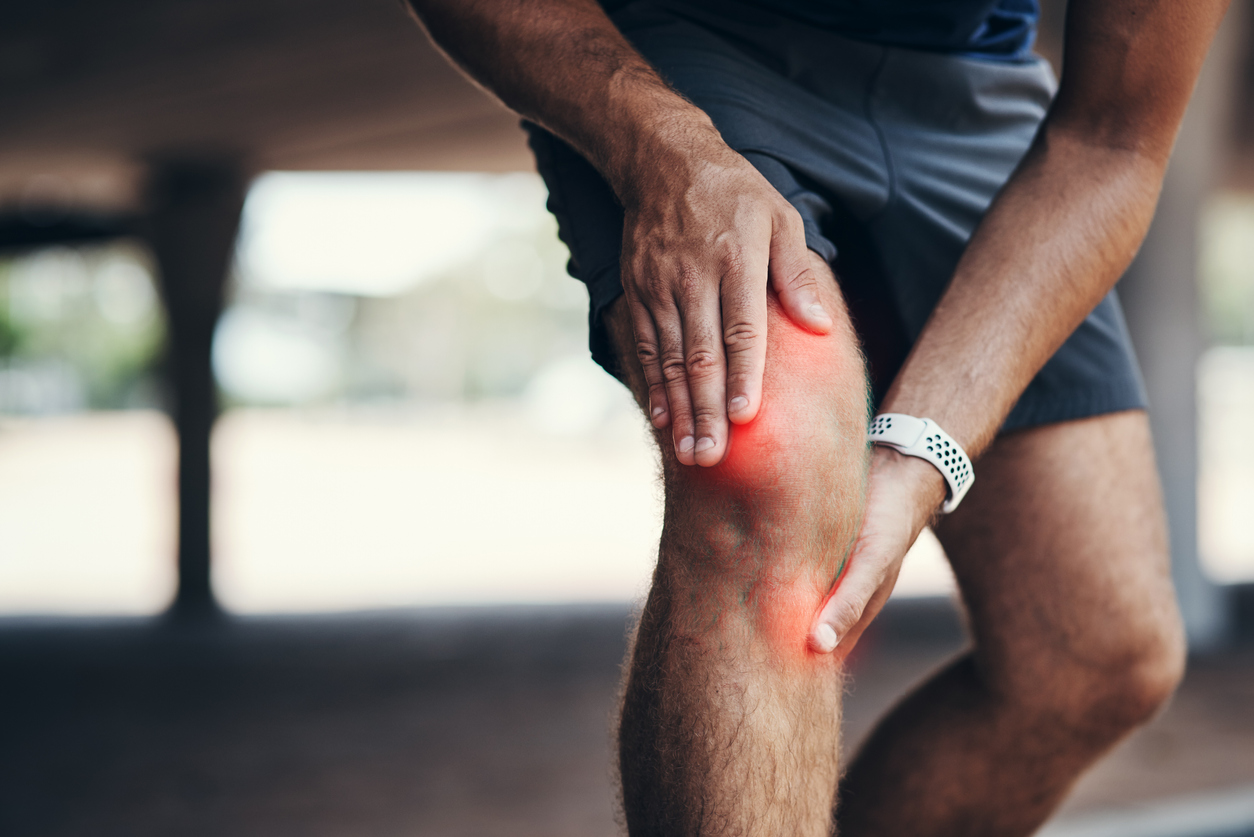How To Heal a Sprained Knee Quickly
Spraining your knee can be a painful experience. Whether by accident or playing sports, a sprained knee can really derail your lifestyle. That’s why you must treat it the right way from the start, ensuring a quicker recovery and fewer issues in the future. So, what do you do?
This guide can provide you with advice on how you can heal a sprained knee quickly.
Your Guide to Sprained Knee Recovery
What is a Sprained Knee?
As stated by Harvard Health, a “knee sprain is an injury of the ligaments,” which are “tough bands of fibrous tissue that connect the bones of the upper and lower leg at the knee joint”. There are four major ligaments over the knee, which can be injured:
- Medial collateral ligament (MCL) – the ligament that supports the inner side of the knee and is usually injured by twisting the knee
- Lateral collateral ligament (LCL) – the ligament that supports the outer side of the knee and is the least common sprain as impacts have to be caused inside the knee
- Posterior cruciate ligament (PCL) – works with ACL to stabilize the knee with an X-pattern and can be injured if directly impacted
- Anterior cruciate ligament (ACL) – works with the PCL to stabilize the knee with an X-pattern and can be injured with a sudden stop, twist or hyperextension. Direct impacts can also damage the ACL
You might have recognized some of these names above, and that’s because they’re common injuries suffered by professional athletes. ACLs and PCLs are particularly nasty injuries that can require months of recovery. But there are distinct signs that you have damaged one of those ligaments.
What are the Symptoms of a Sprained Knee?
There are some clear signs that you have suffered a standard sprained knee, including:
- Localized tenderness and pain
- Pain when standing (known as weight-bearing)
- Limping or struggling to walk
- The knee feels unstable
- Muscle spasms
Regarding more serious injuries, such as ACLs and PCLs, you may hear a popping sound – indicating that the ligament has moved out of place – or a tear, which means that the ligament has been torn. Only a healthcare professional can determine the severity of your knee strain.
How is a Knee Sprain Diagnosed?
You should visit your doctor and let them examine your knee. They will check the movement and strength of your joint before suggesting an x-ray, CT scan, or MRI to determine the extent of the damage.
In some cases, it might be so minor that you can recover quite quickly. In other cases, you might need a long rehabilitation process.
How do I Recover from a Minor Knee Sprain?
There are four major steps – most commonly known as RICE – that you must take to ensure that you protect your knee from more issues, including:
- Rest your knee and avoid exercise or movement. Do not put unnecessary weight and pressure on your knee. Resting helps decrease swelling and allows the injury to heal.
- Apply ice to your knee every 15 to 20 minutes every hour. Ice will help prevent tissue damage and decrease any swelling.
- Compress the injury with an elastic bandage. This helps keep your injured knee stable and minimizes movement. Take the bandage off every day and replace it. If you struggle with compression, let your doctor or physiotherapist do it for you.
- Elevate your knee by resting it above your heart as often as you can. Place it on top of a stack of pillows.
There are other ways you can reduce pain and swelling, including taking NSAIDs, such as ibuprofen or acetaminophen. If your pain is extreme, your doctor might prescribe you more powerful medication.
Depending on the damage to your knee, there might be several treatments going forward after the initial RICE period. These include:
- Wearing a supportive brace to support your knee. These devices limit movement and protect the joint, ensuring you can still walk without excess pressure. In some cases, you might be given crutches so you can walk without pain.
- Visiting a physiotherapist. Physio treatment might be required to get back to your best. A professional can teach you exercises and stretches to help improve movement and strength while decreasing pain.
- In severe cases of ACLs and PCLs, surgery may be required.
What’s Next?
Protecting your knee is crucial after sustaining an injury, so the best way to go about that is to prepare yourself. Here are some steps you can take to avoid damage again:
- Start slowly with your exercise program, upping the pressure and intensity until you get back to normal
- Warm-up and stretch before exercise thoroughly. Ensure that your body – and knee – is warmed up so no further injuries can happen. A lack of a warm-up usually results in injuries.
- Wear protective braces and equipment when participating in sports or intense exercise. This can give you added protection when needed.
We hope that this insightful guide can help you recover from a sprained knee quicker than ever before. Please note that this is advice only, and we recommend speaking to your doctor.


